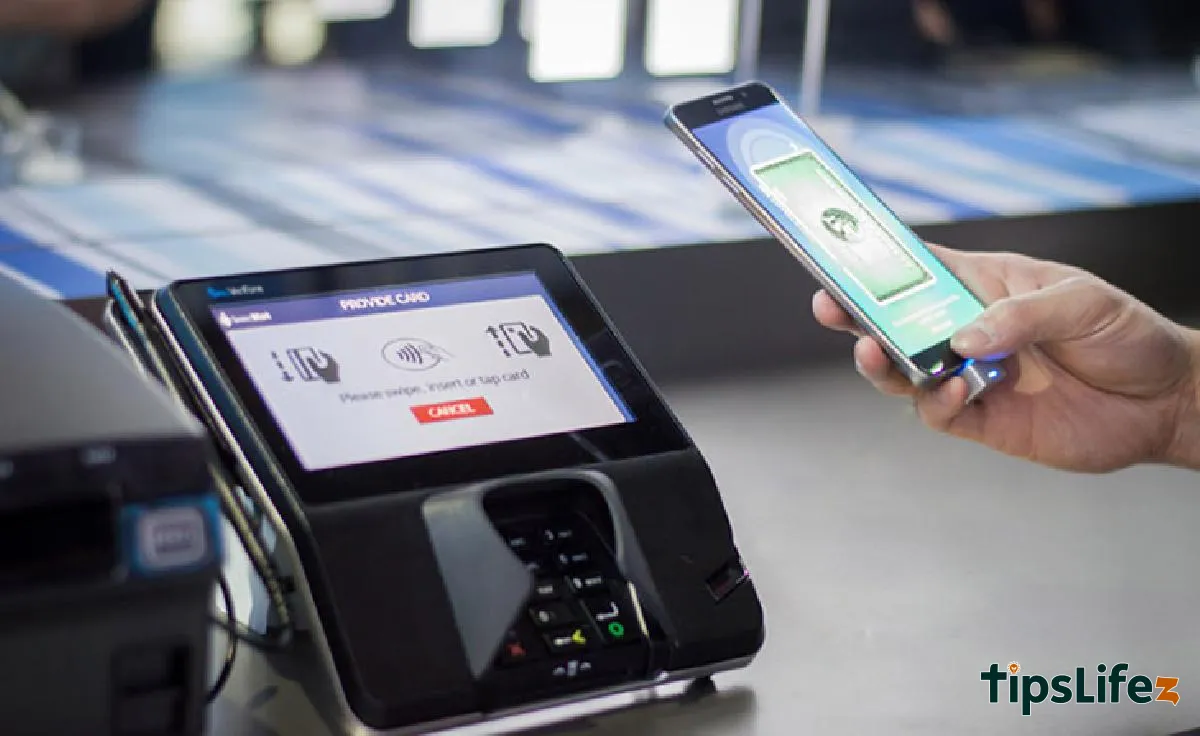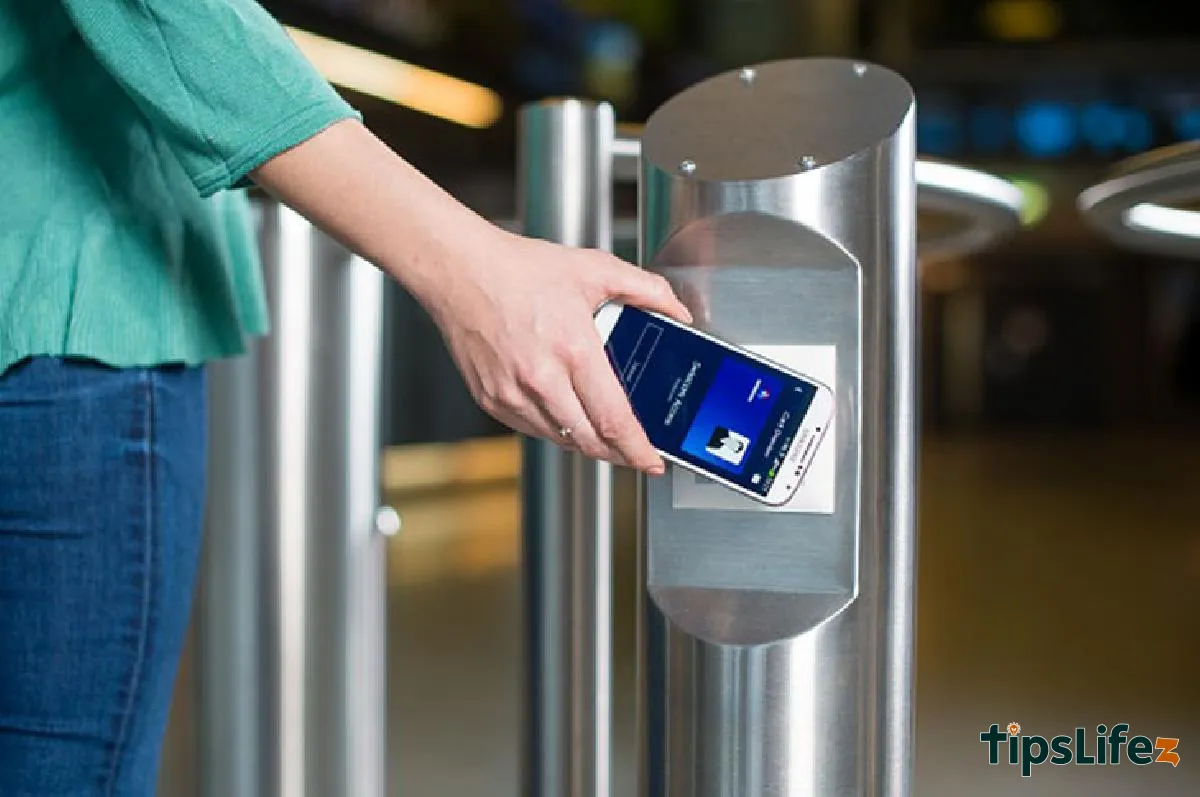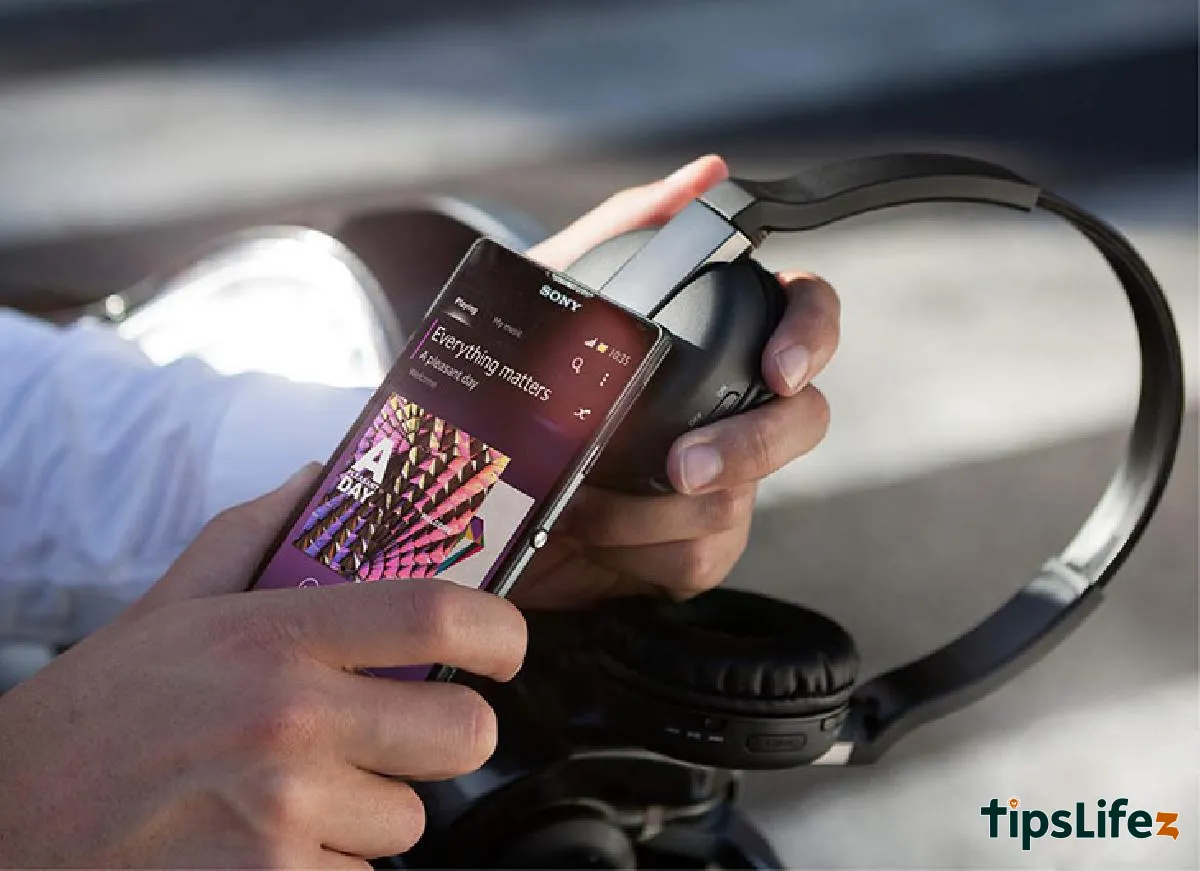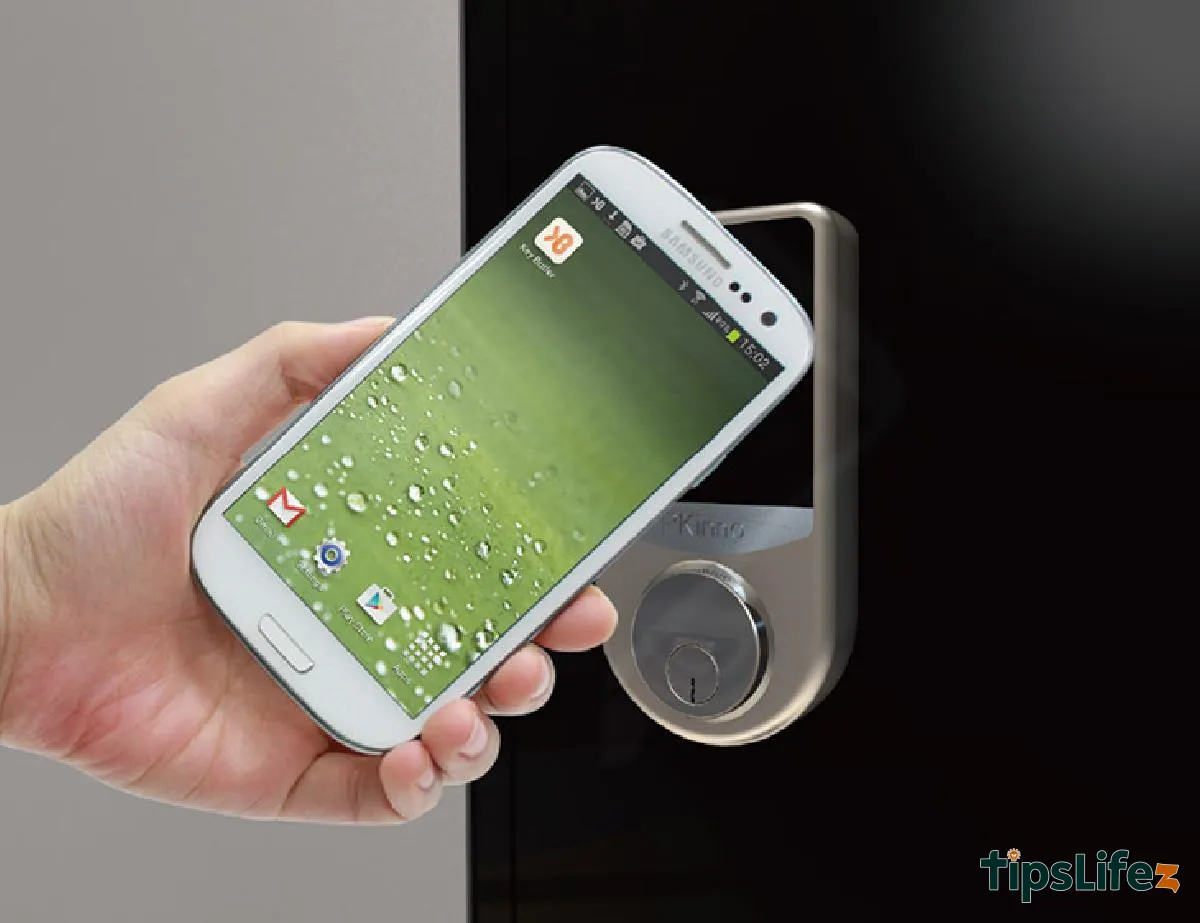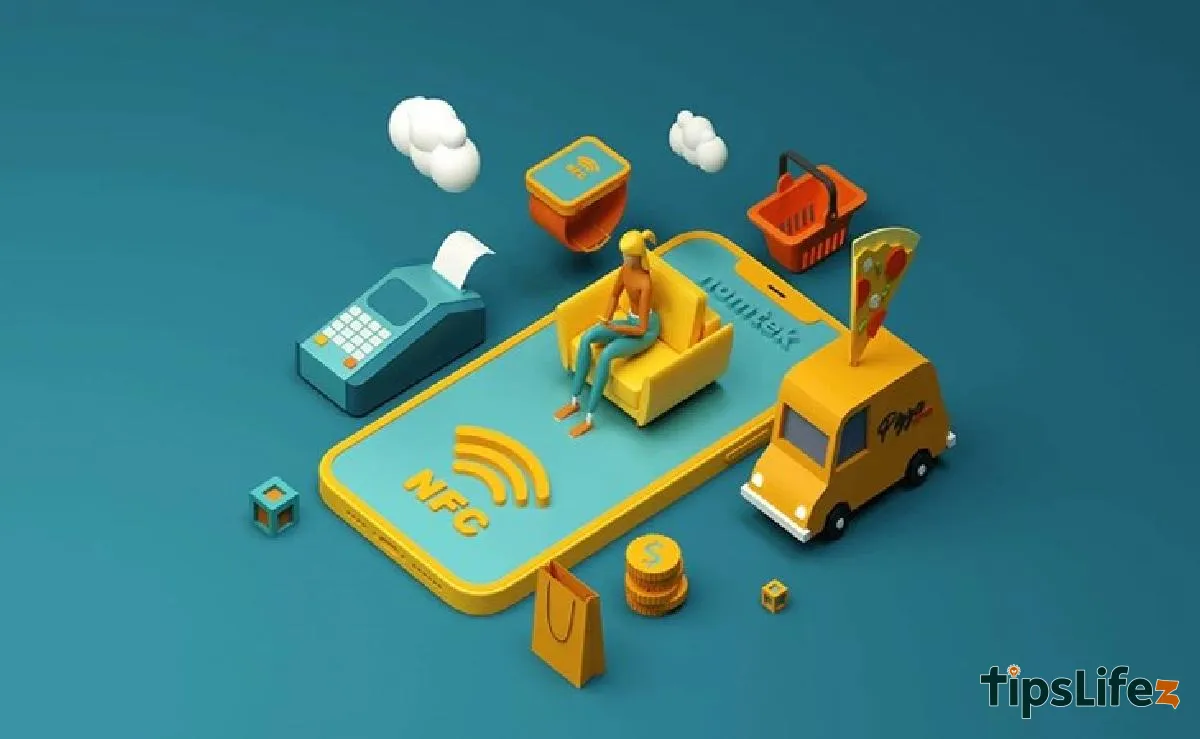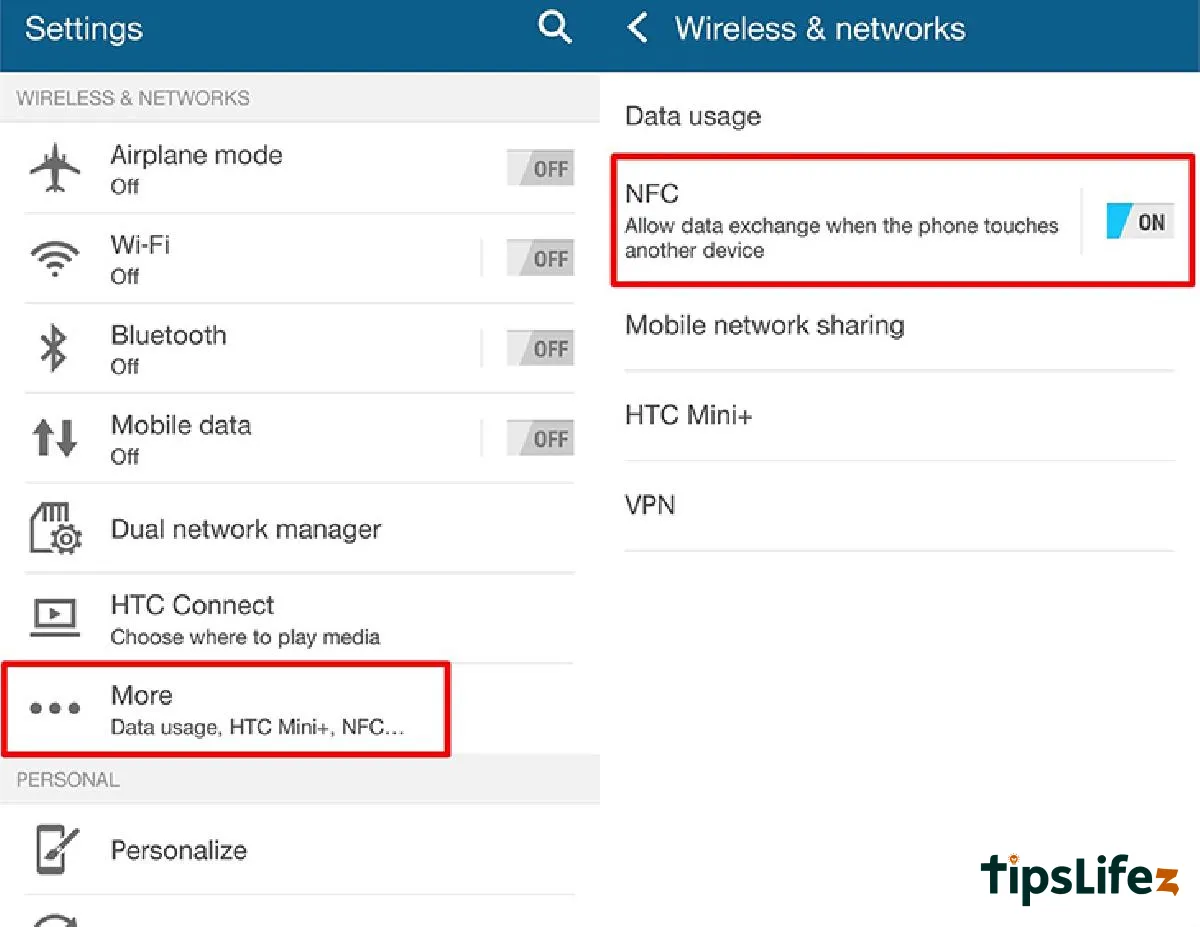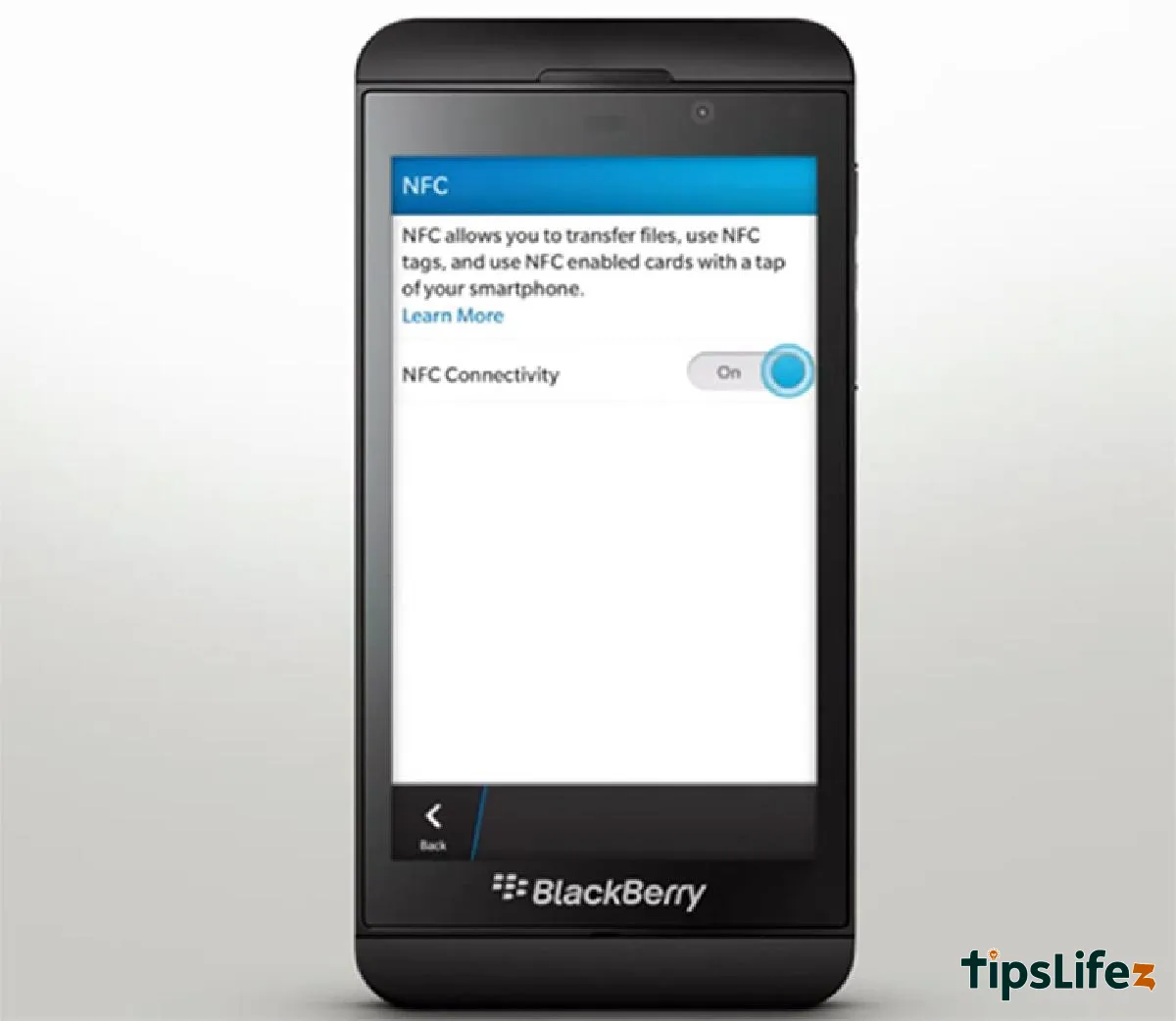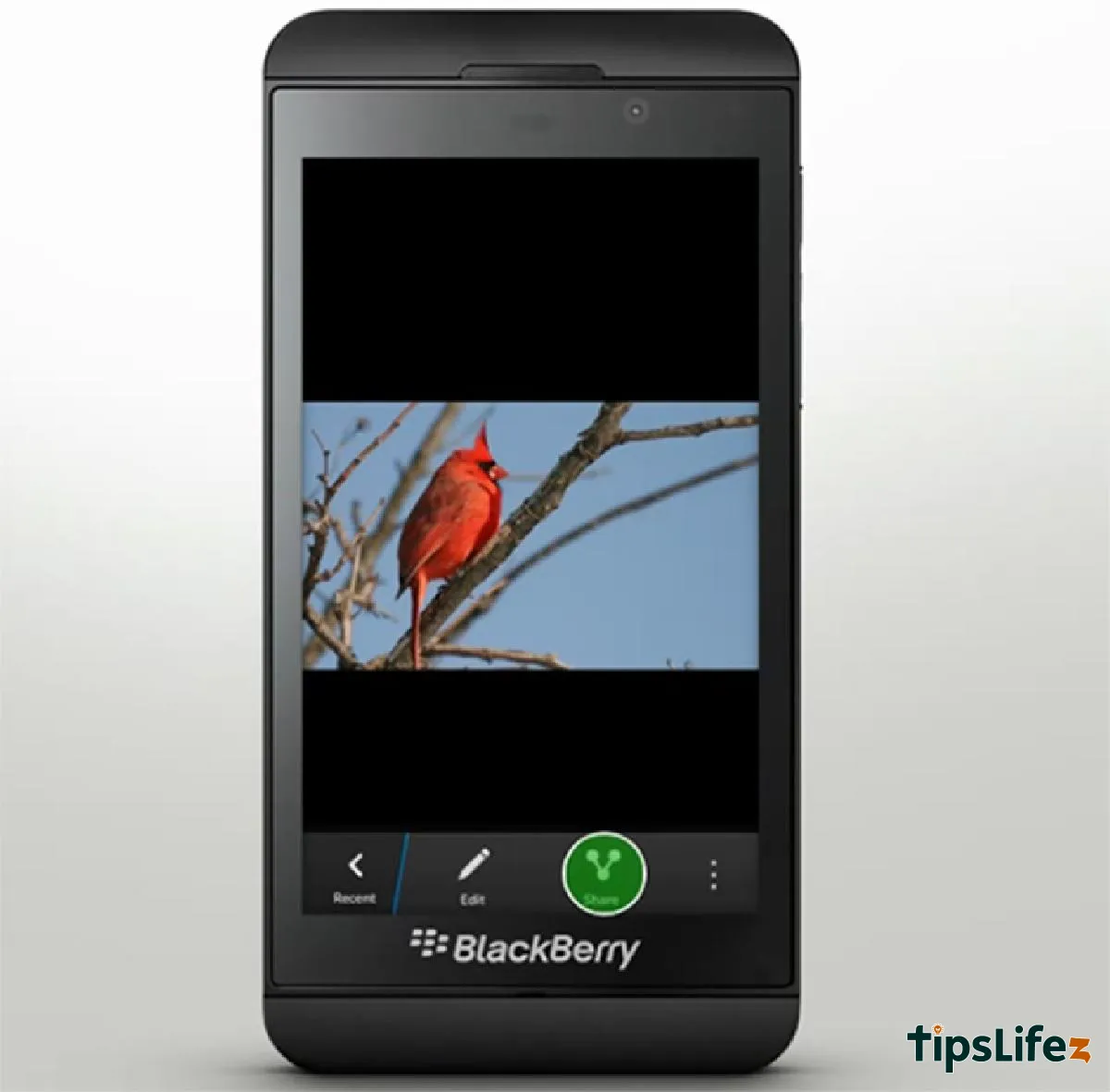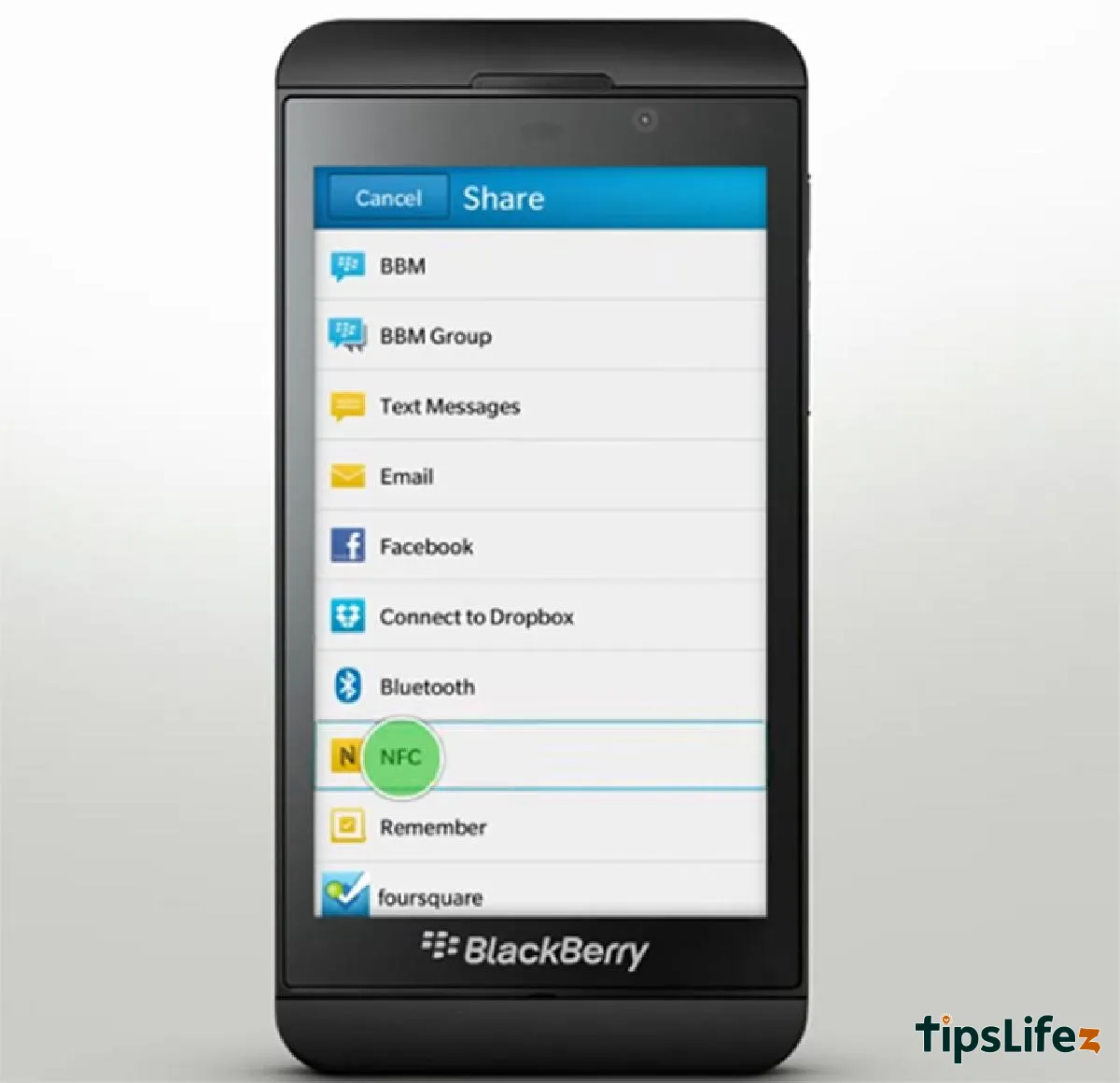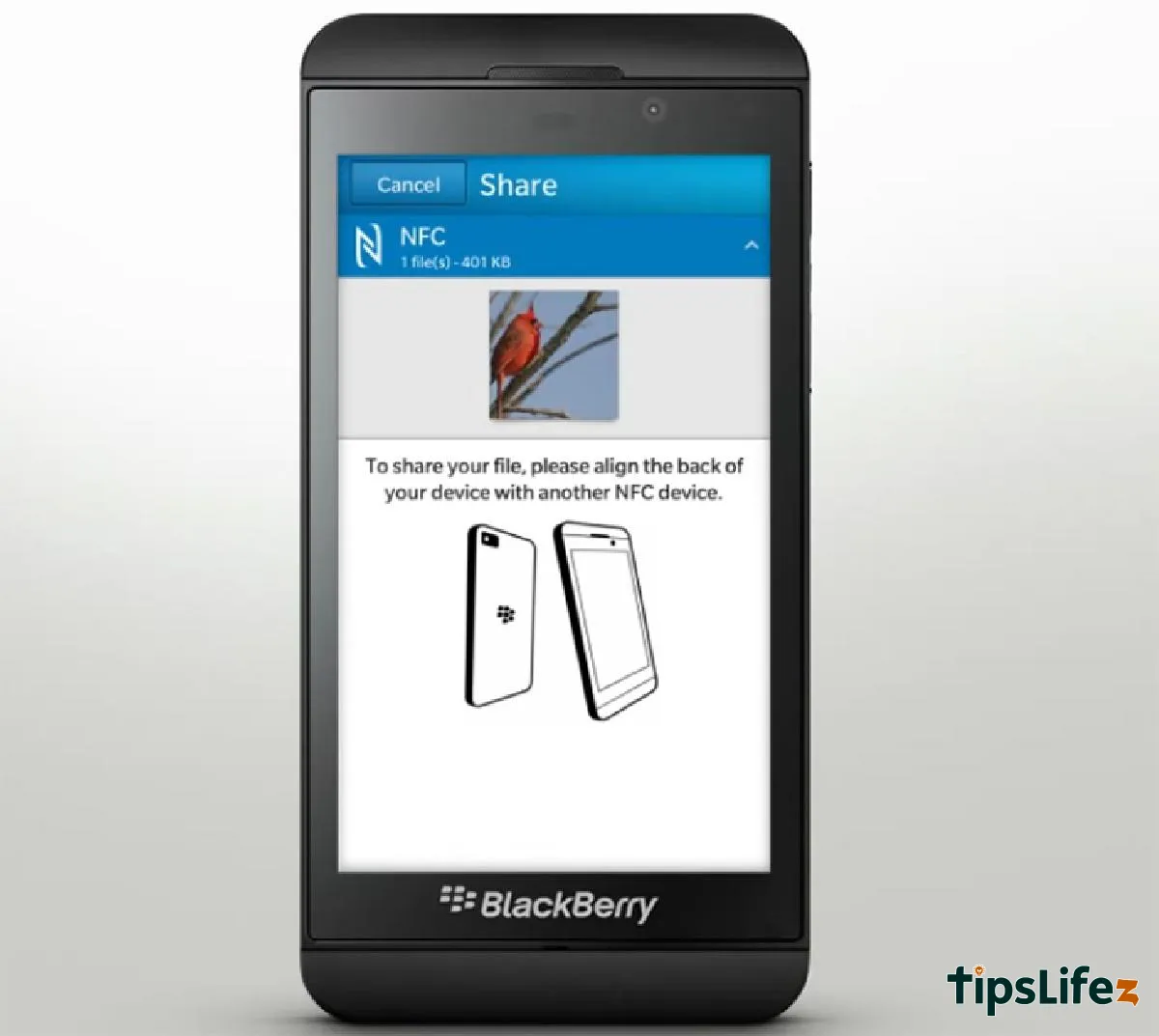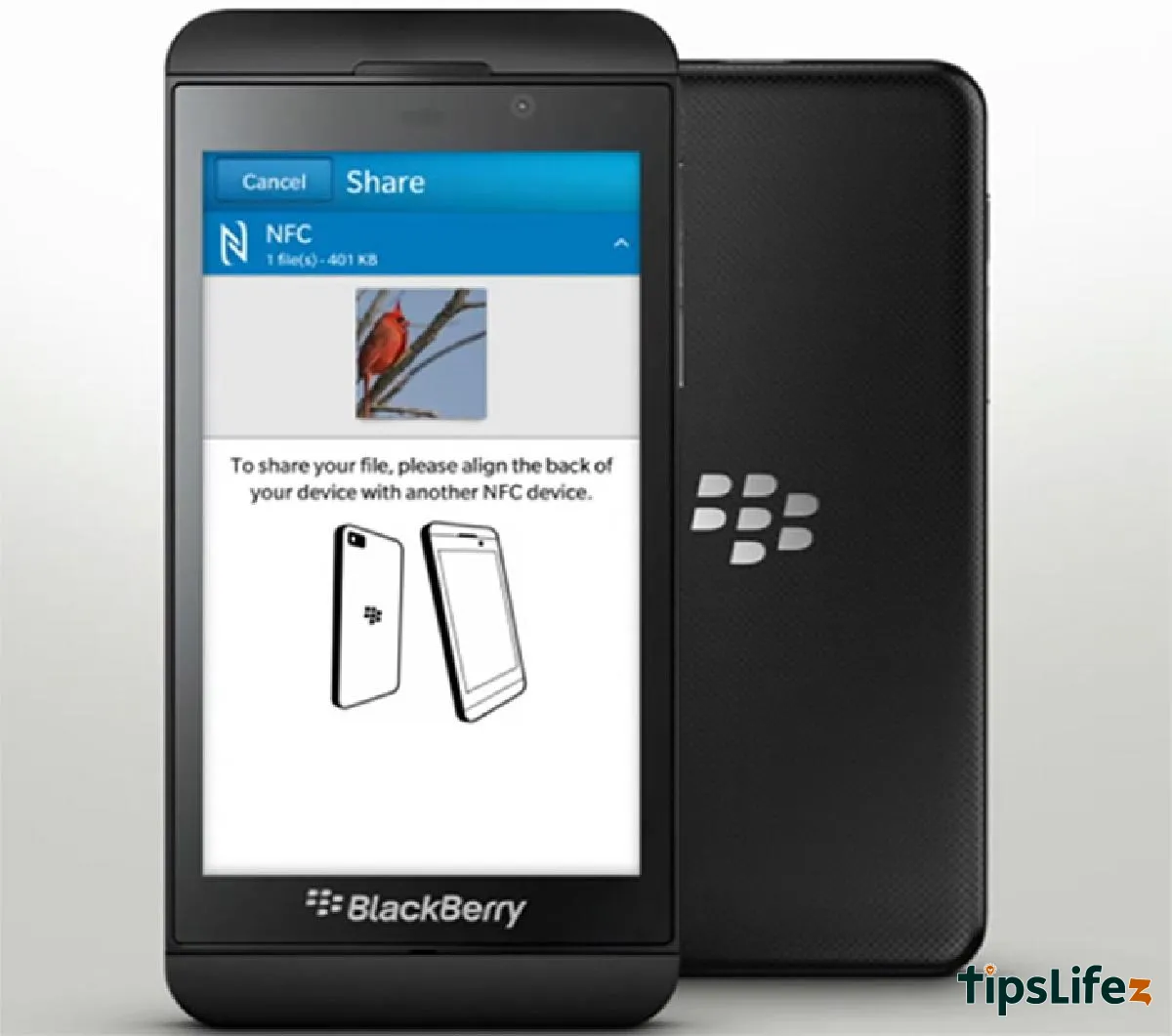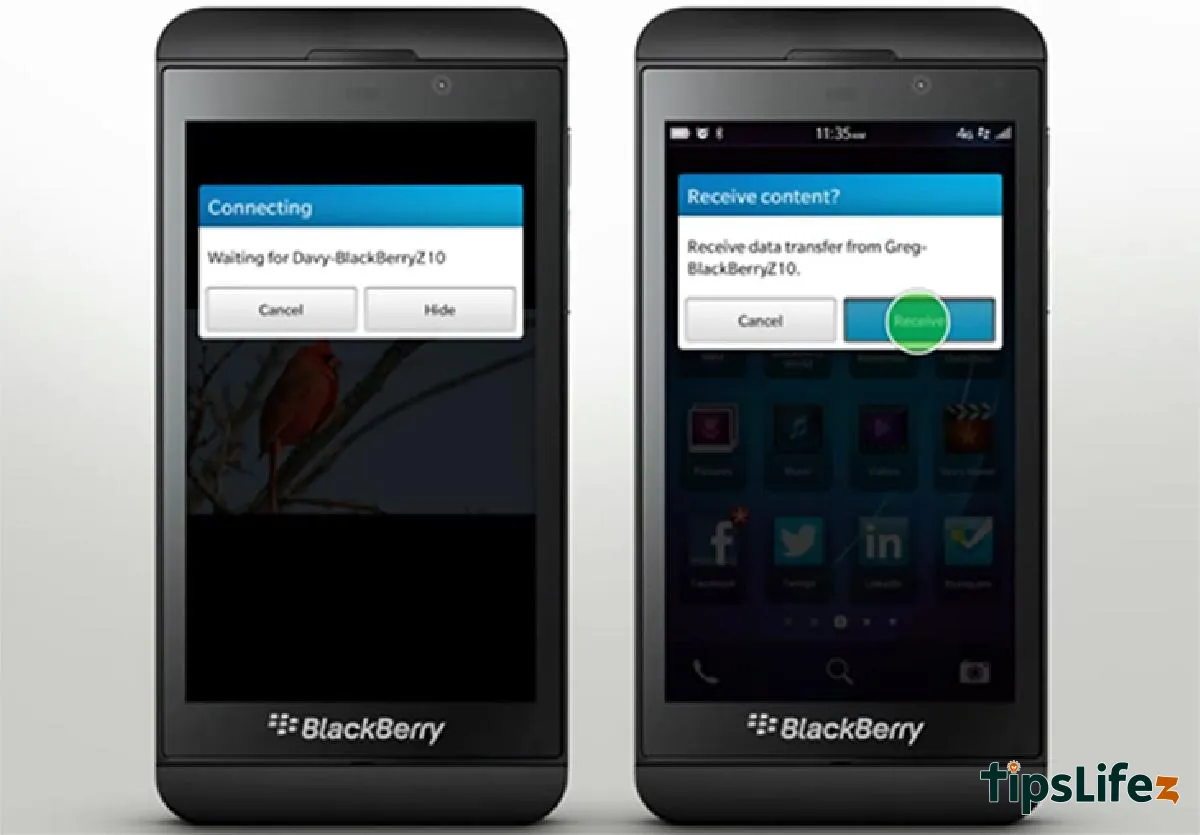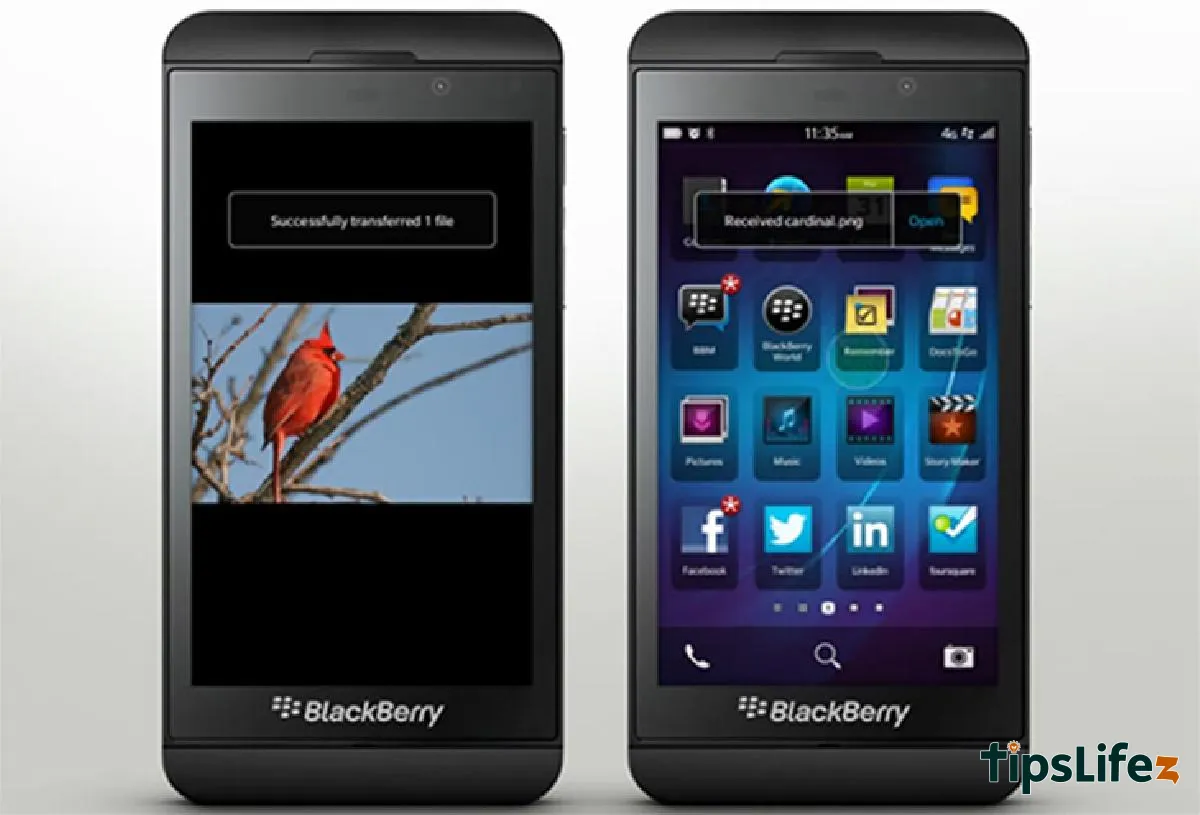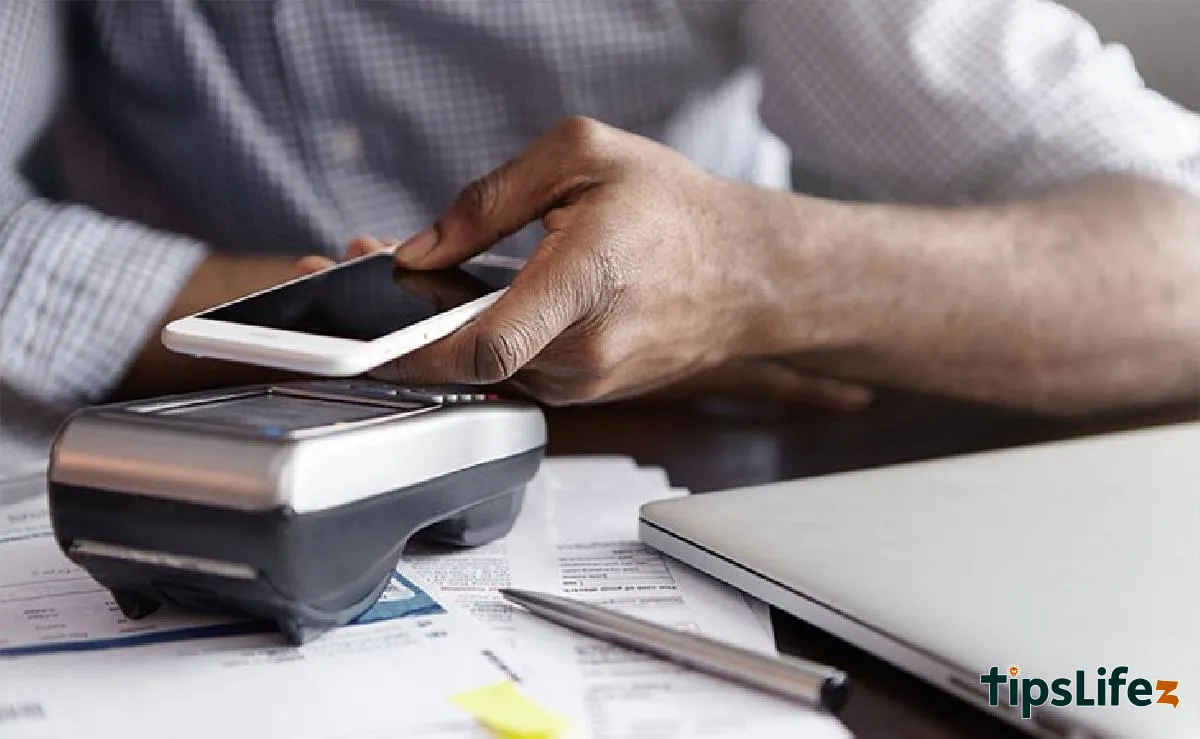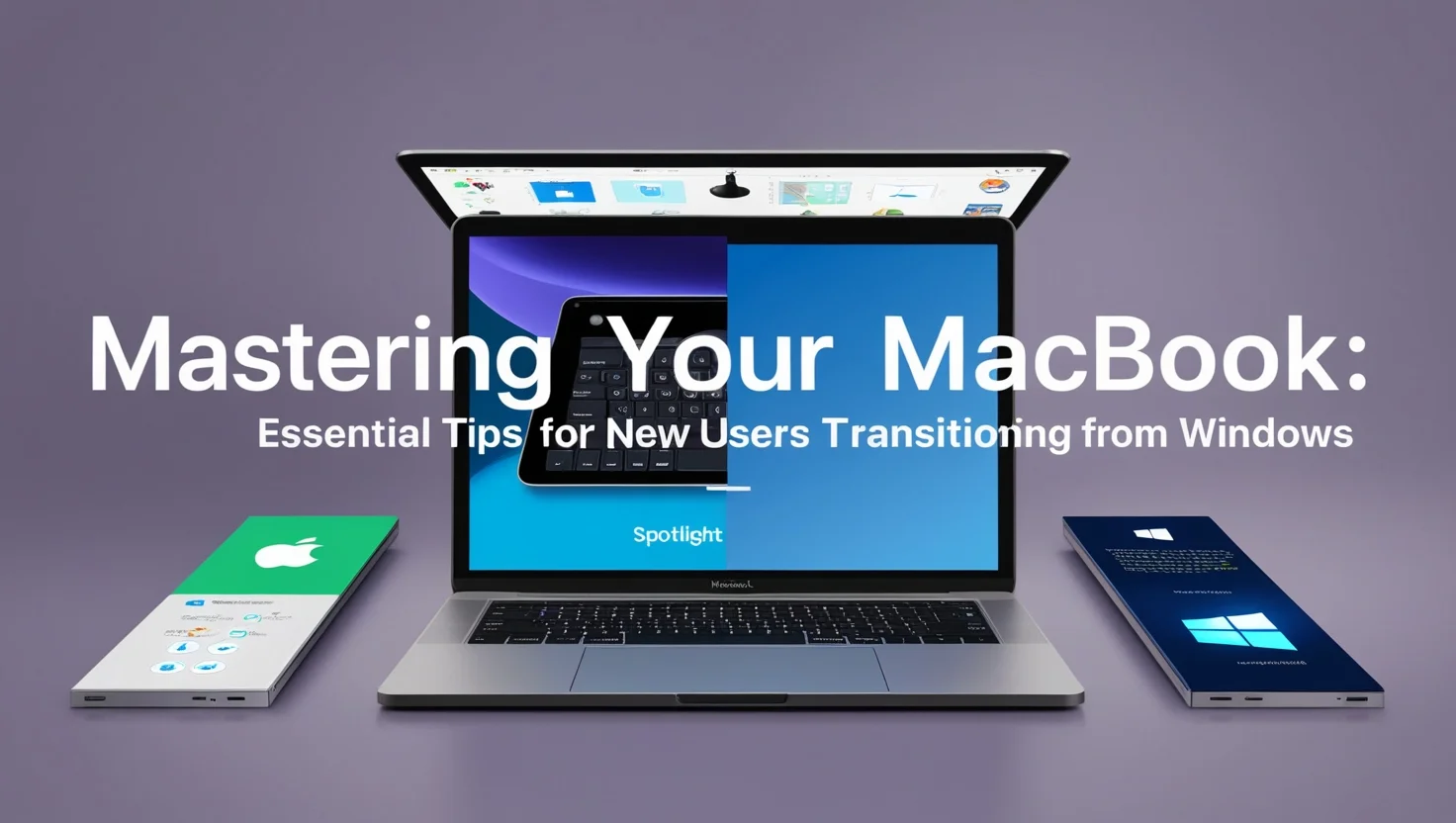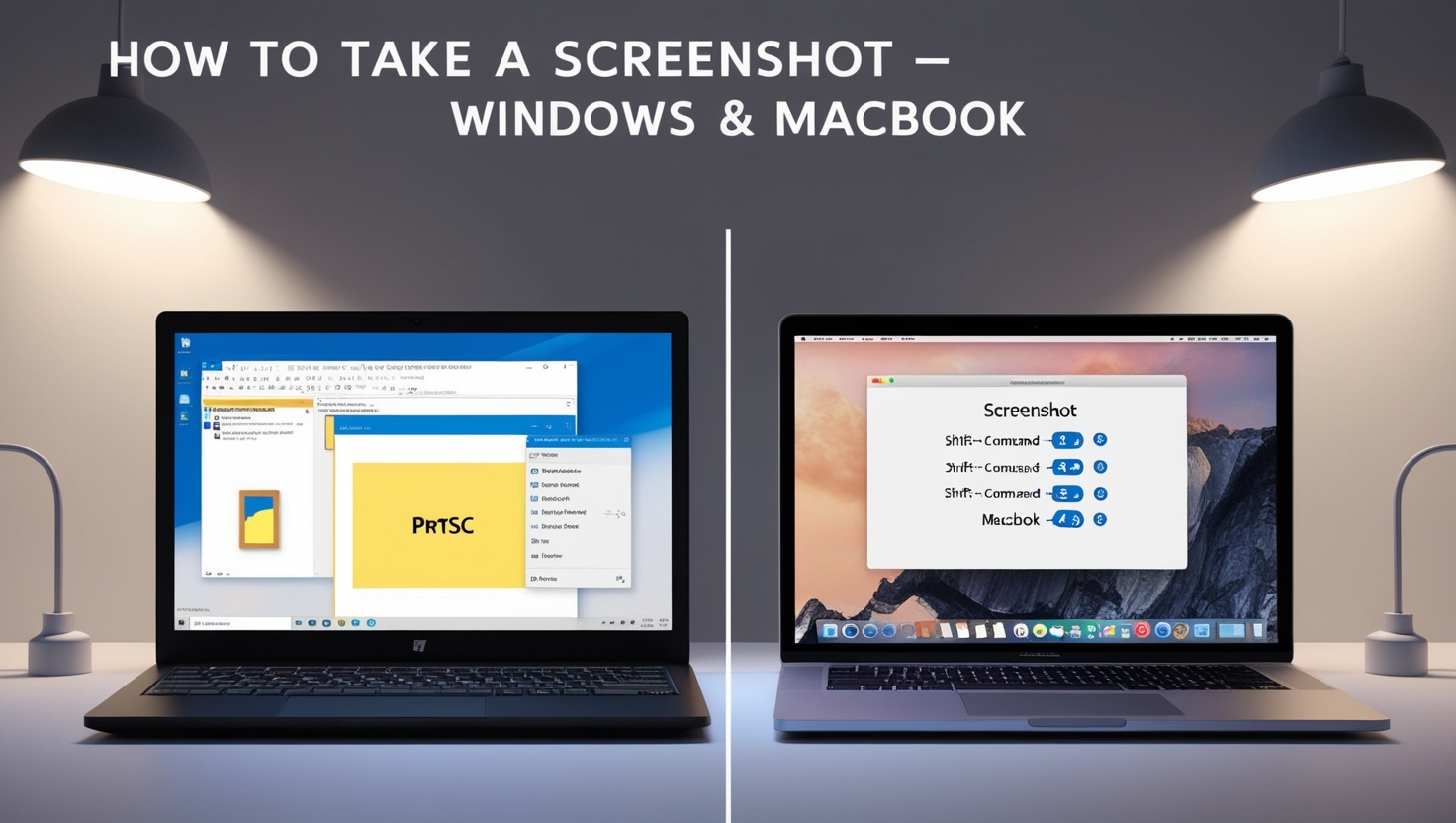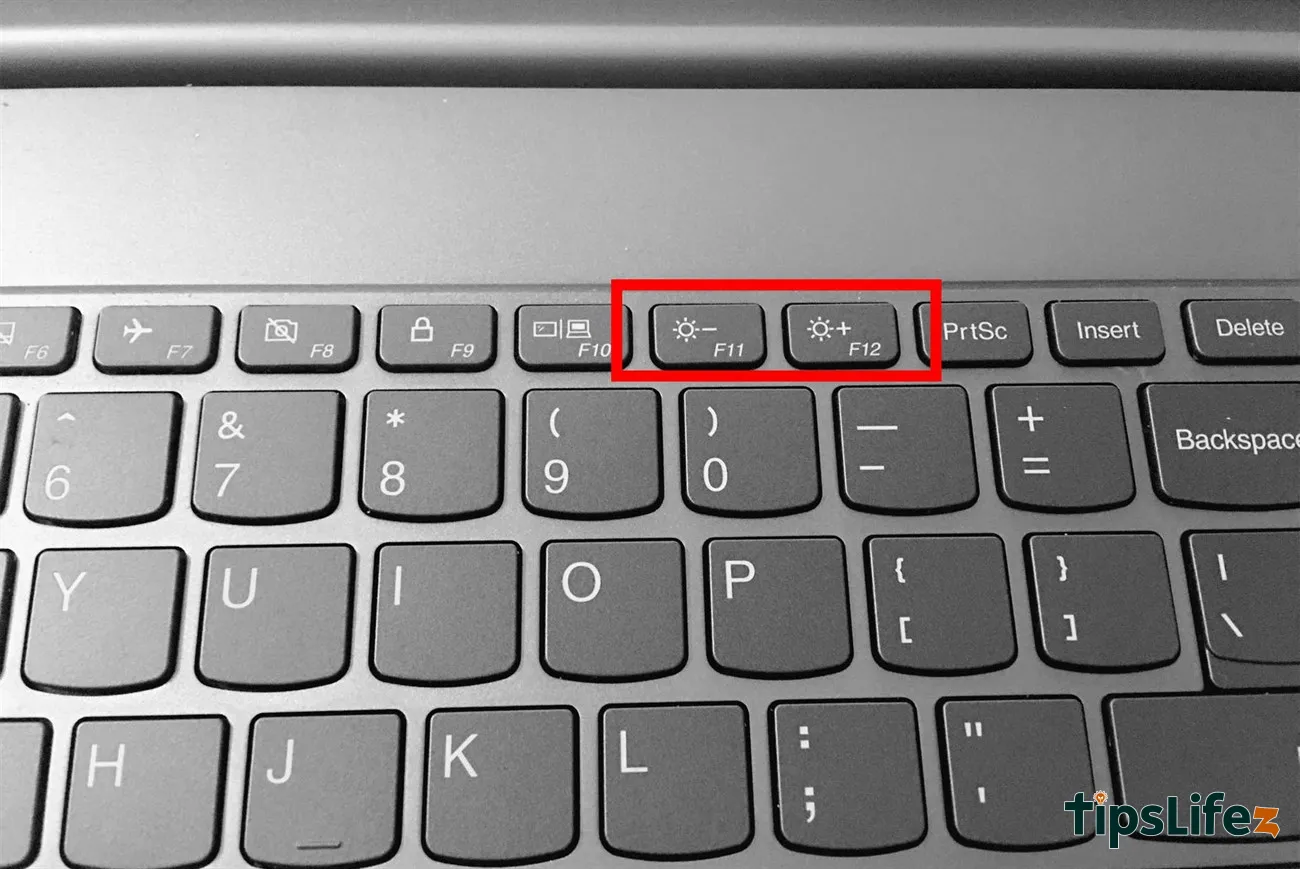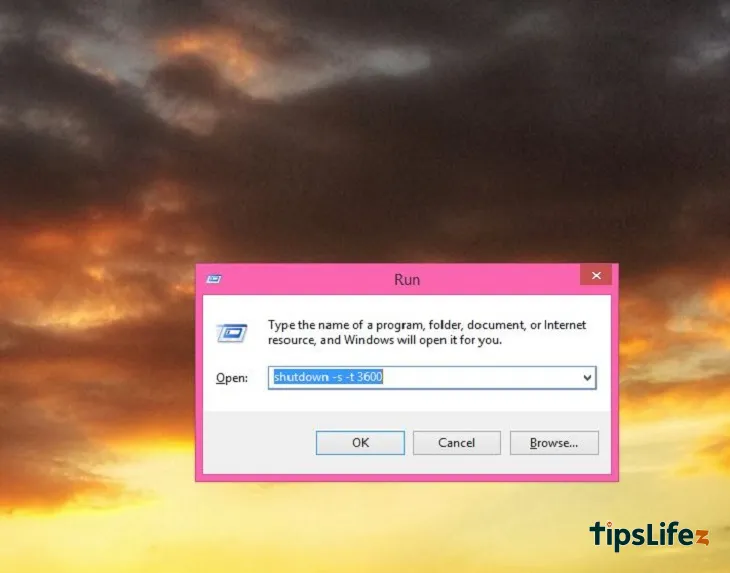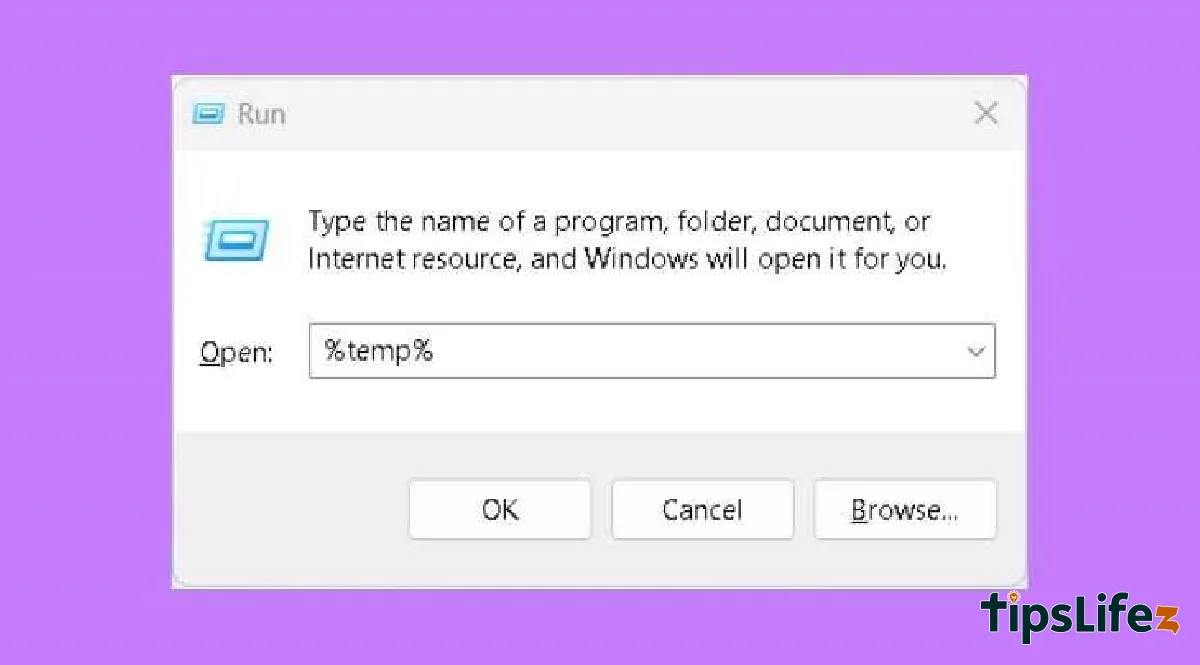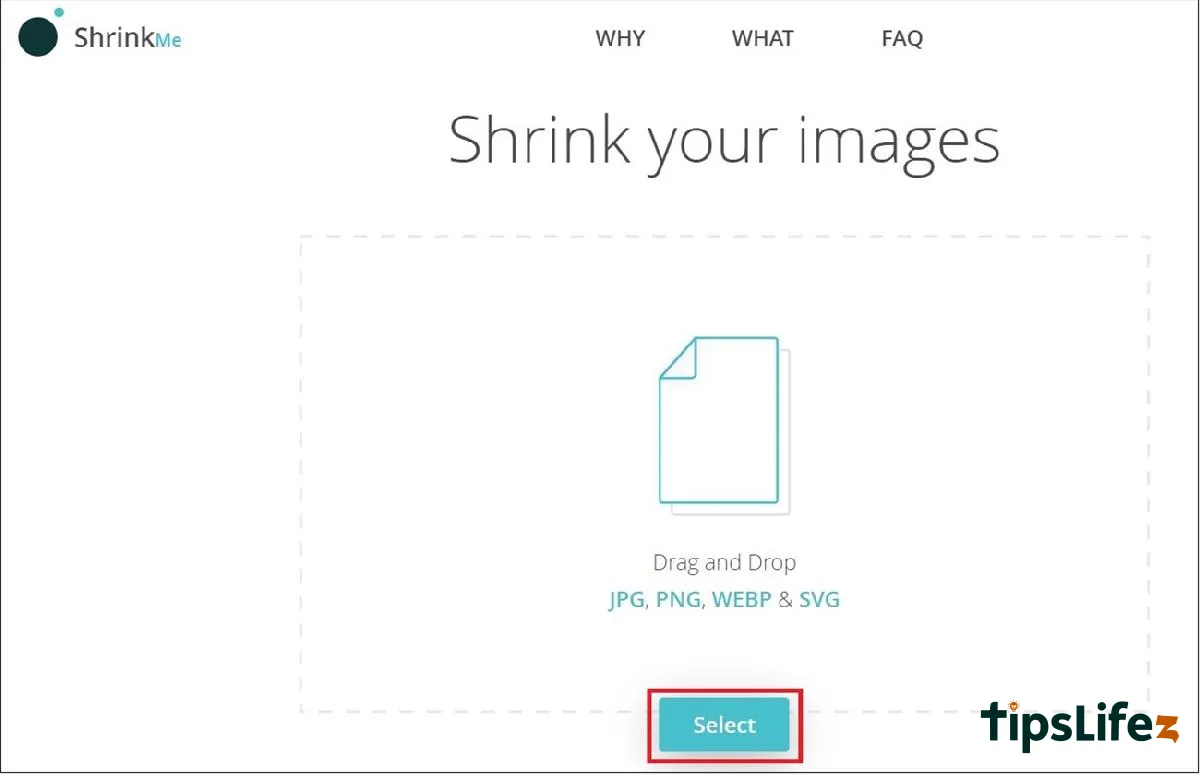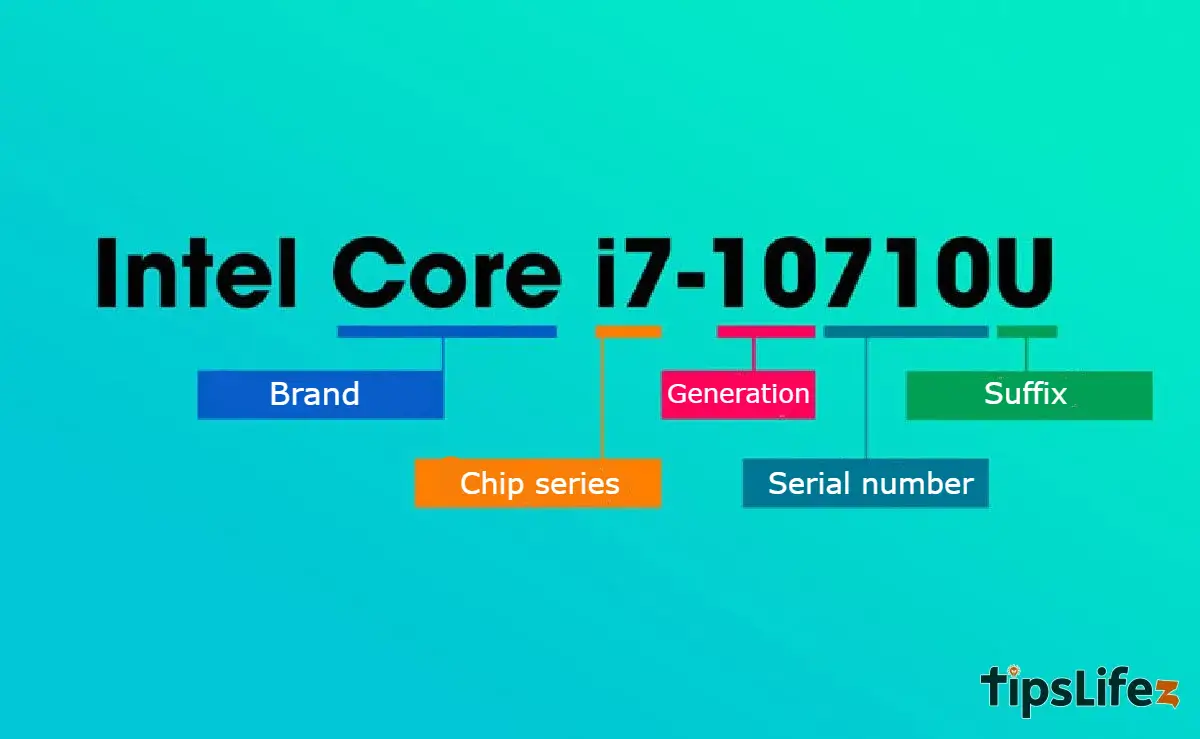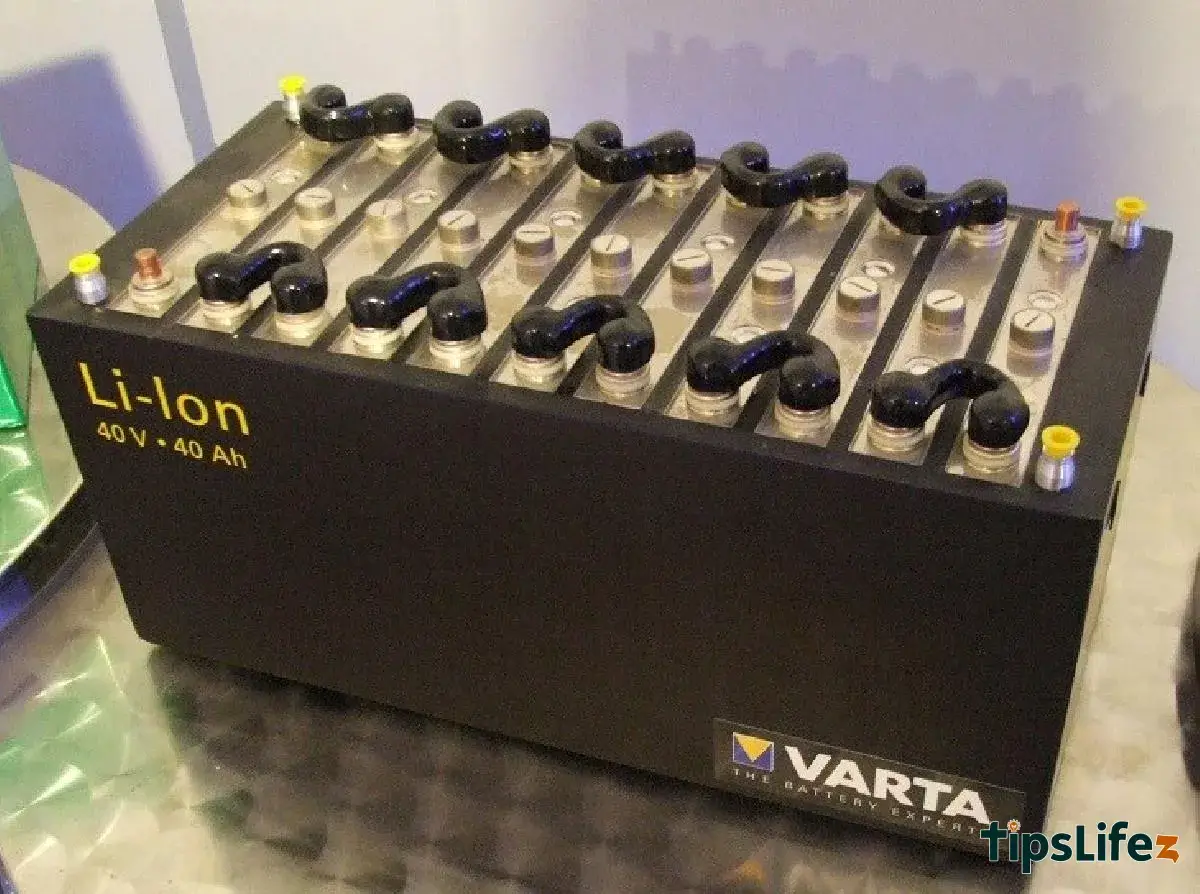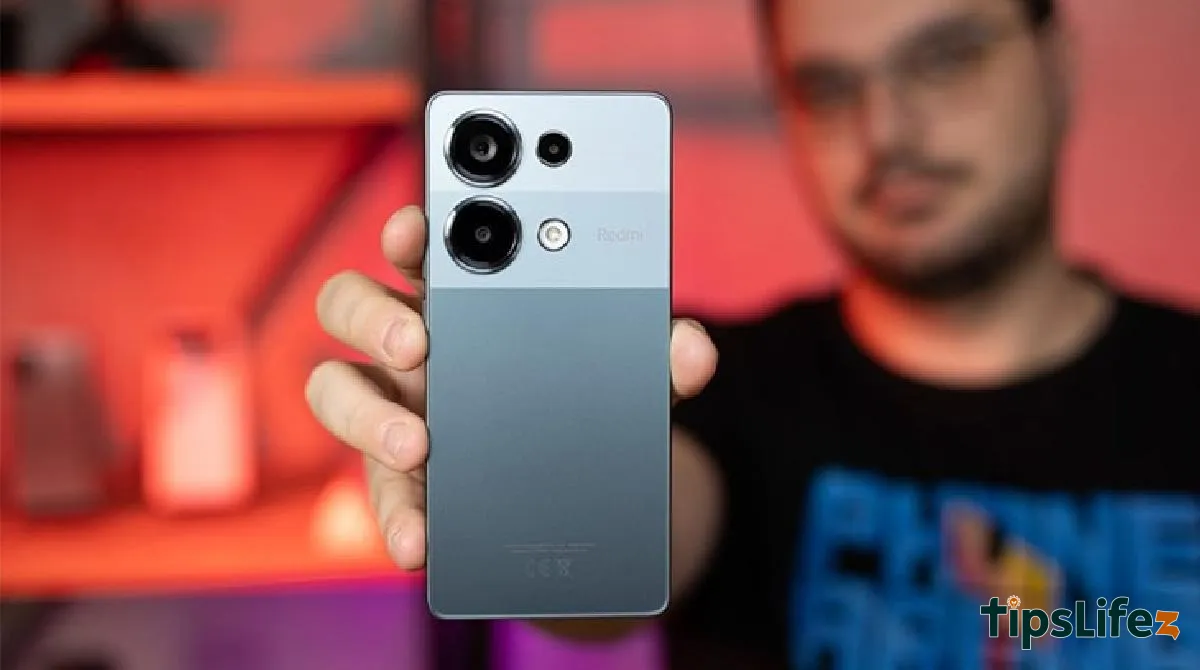This comprehensive guide is designed for users transitioning from Windows to MacBook. It covers essential tips and tr...
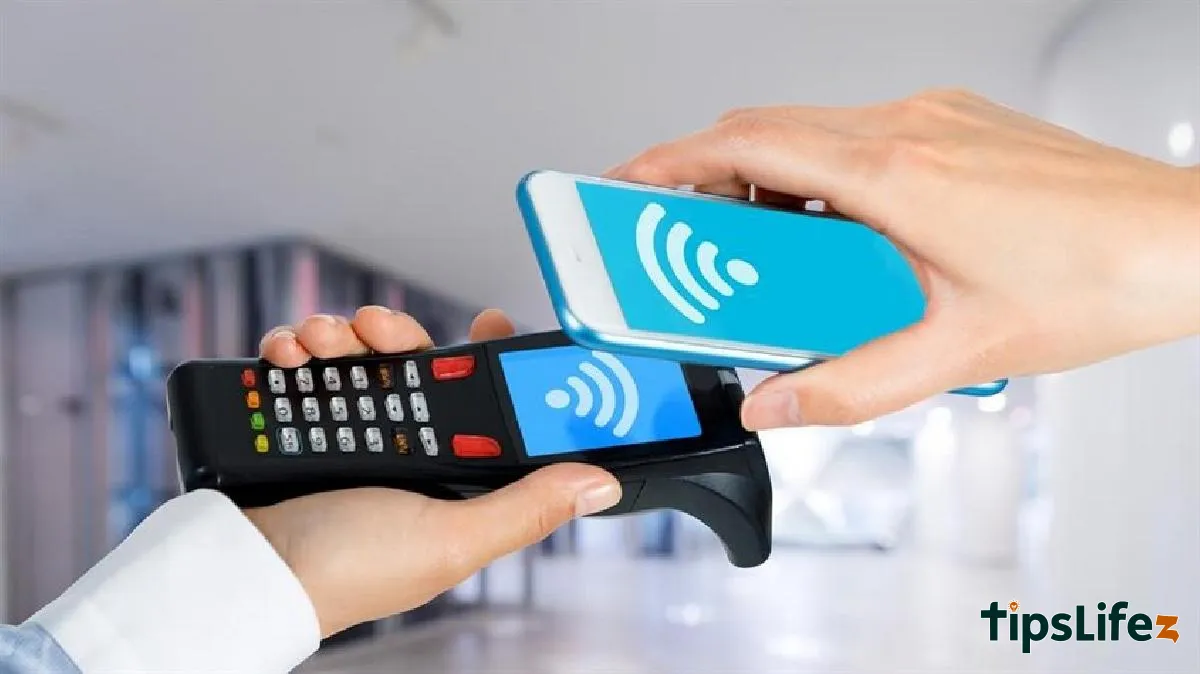
What is NFC? What is NFC used for? Guide on how to use NFC on your phone easily
Next to Bluetooth, Miracast, DLNA,… NFC (Near-Field Communication) is the standard for short-range wireless connections. So what is NFC, what is it used for, and how do you use it? Let’s find out with TipsLifeZ in this article!
1What is NFC?
NFC stands for Near-Field Communication – a standard for short-range wireless connections. This technology operates based on magnetic field induction to connect devices with NFC support placed near each other (within 4 cm) or in contact with each other. However, typically for enhanced connection efficiency, devices are usually placed in direct contact with each other.
Specifically, when 2 NFC devices are touched together, a connection is almost instantly established without any additional setup.
NFC allows data transmission between devices close together
2What is NFC used for?
Mobile Payments
Specifically, after logging in and activating your account, your phone becomes a digital wallet. At this point, for payments, buying tickets, using public transport payment cards, etc., you simply need to tap your phone lightly on the payment device, and the transaction will be completed.
Prominent examples like Apple Pay, Google Pay, and Samsung Pay are the most widely used mobile payment apps today.
Users can quickly pay by tapping their phones on the payment machine, without needing bank cards or cash
Quick Data Sharing
NFC is not only a connection technology but also a gateway to wonderful life experiences, facilitating quick data sharing with unique and useful features.
For instance, some companies worldwide use NFC-enabled phones for attendance. Just tap your phone on the device, and your attendance is confirmed.
NFC brings wonderful experiences, facilitating quick data sharing
Connecting Phones to Other Devices
NFC can help your phone connect to devices like laptops, TVs, other phones, speakers, sound systems, etc.
Previously, to share pictures from one phone to another, you had to turn on Bluetooth, search, and connect. But now with NFC, you just need to touch the devices together, a connection is established, and you can quickly share images, music, etc.
Or you can tap an NFC phone on an NFC speaker, and the speaker can play music from the phone. No wires, no lengthy connection procedures.
NFC can help your phone connect to devices like laptops, TVs, other phones, speakers, sound systems, etc.
Performing Automated Tasks
This is also an application in developed countries, where they integrate NFC on phones and doors, so when you lightly touch the door, it opens or closes.
NFC brings wonderful experiences, integrating NFC on phones and doors, so when you lightly touch the door, it opens or closes.
Some Other Uses
- Abroad, NFC is used to replace transportation cards, boarding passes, loyalty cards, etc.
- If NFC is integrated into music albums, listeners can access and download albums directly from their smart devices.
- Medical devices like blood pressure monitors, glucose meters can send health information to phones via NFC, and NFC can also help verify the authenticity of medicines.
- NFC is used to verify users when logging into computers, sensitive applications through fingerprint scanning or PIN codes.
- NFC can be used in marketing campaigns and advertisements, allowing users to tap their smartphones to receive additional information about products or services when searching.
Abroad, NFC is used to replace transportation cards, boarding passes, loyalty cards, etc.
3How to Use NFC
Turning on NFC
First, check your smartphone by going to Settings >> Select More.
If you see the NFC line, it means your phone has one-touch connection; if not, it means your phone does not have this connection.
To use NFC feature, you just need to turn on NFC mode on your phone. Then, all you need to do is lightly tap your phone on
the device you want to connect to (also NFC-enabled).
Using NFC
Once NFC connection on your phone is turned on, you can transfer data via NFC with the following steps:
Step 1: Select the File to share > Tap on Share.
Step 2: Select Send quickly via NFC.
Step 3: Touch the backs of the 2 phones together to activate NFC.
Step 4: Tap on the screen to start.
On the receiving phone, press accept to receive the file sent from the sending phone.
After the NFC file transfer process is complete, select Open on the receiving device to view the result.
Turning off NFC
Step 1: First, go to Settings and select > Tap on NFC and payment.
Step 2: Turn off NFC feature by toggling the switch off to perform the task of turning off NFC.
4Some Limitations of NFC
Alongside the benefits NFC brings, this feature still has some limitations:
- Data transfer speed is slow, only about 424 Kbps, and not suitable for transferring large files.
- The operating range of NFC is limited, around 4 – 10cm.
- NFC only works when both devices support NFC and there is a risk of information theft if not careful.
- Some phones still do not support NFC.
Some limitations of NFC
NFC is not just a connection technology but also a gateway to wonderful experiences in our daily lives. Hopefully, this will be a significant step in harnessing the utility of technology to make life more convenient and enjoyable.

